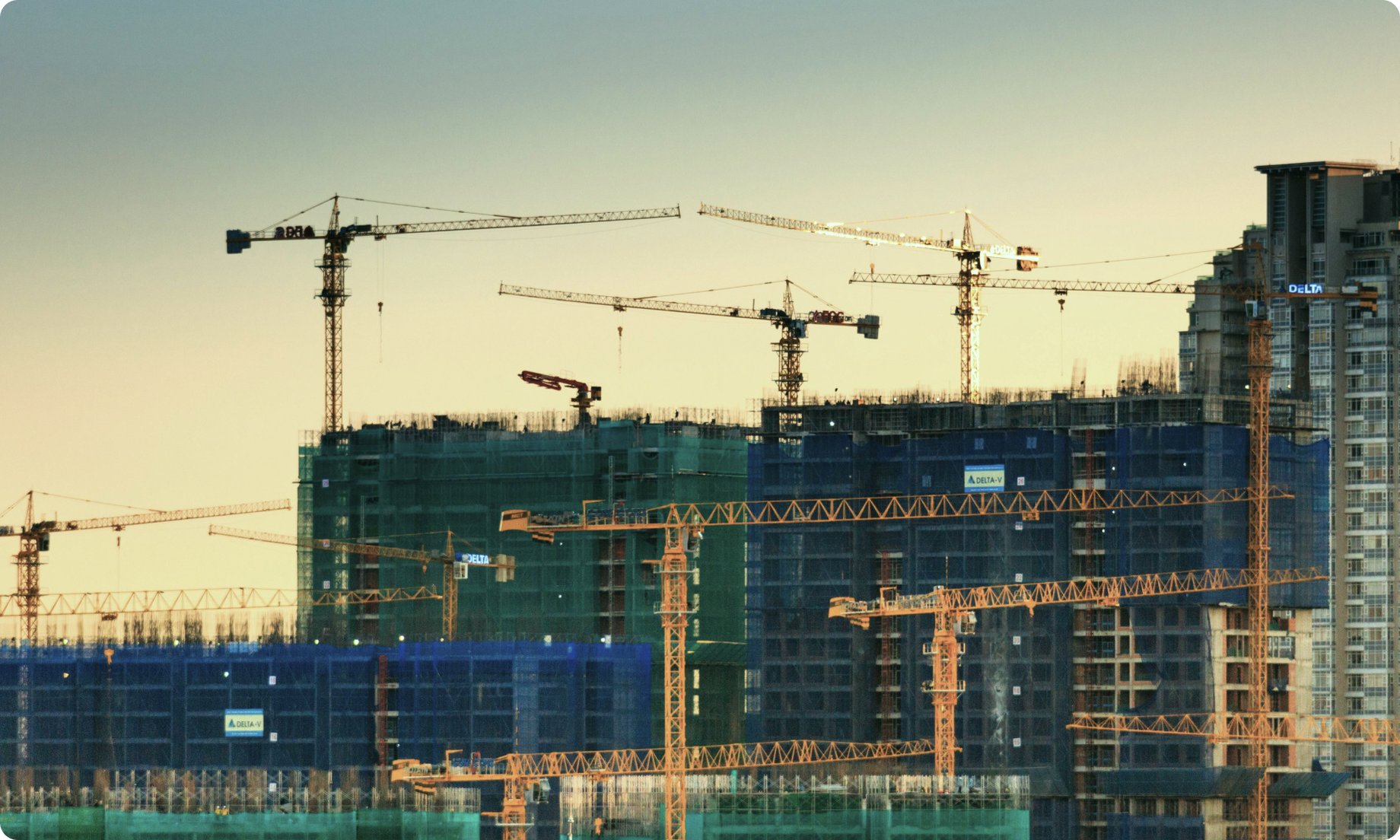As the construction industry transitions toward a more sustainable future, contractors and builders are uniquely positioned to play a pivotal role in reducing embodied carbon and operational impacts. While much attention is given to the roles of architects and engineers in decarbonization at the design stage, contractors bring unmatched expertise in material procurement, logistics, and on-site processes — areas critical to achieving the ambitious goals set by the Leadership in Energy and Environmental Design’s latest version (LEED v5).

Contractors and builders can leverage their position at the heart of construction projects to drive sustainability outcomes, ensuring that the latest advancements in green building certifications, like LEED v5, translate effectively into actionable practices on the ground.
Why contractors are vital to decarbonization efforts
Contractors and builders are the last line of defense in ensuring that sustainability goals set during design are realized in practice. Their intimate knowledge of supply chains, material options, and installation processes offers invaluable insights into optimizing for carbon reduction.
- Material expertise and procurement power
Contractors often have long-standing relationships with suppliers, granting them access to a wider range of material options than designers might consider. They can advocate for materials with lower embodied carbon, sourced locally, or with environmental product declarations (EPDs), ensuring project compliance with LEED v5. - On-the-ground decision-making
Contractors make daily decisions about logistics and processes that directly influence the A4 (transport) and A5 (construction) life-cycle stages. Tracking and optimizing these stages, which have historically lacked robust data, is an area where contractors can lead the industry. - A natural bridge between stakeholders
By working closely with architects, engineers, and owners, contractors are ideally positioned to ensure sustainability goals align across all project phases. In design-build or construction management (CM) roles, their influence can be even greater, enabling proactive carbon reduction strategies.
Key LEED v5 updates relevant for contractors
LEED v5 introduces requirements that elevate the role of contractors in achieving sustainable outcomes:
- Embodied carbon reporting as a prerequisite
For the first time, all LEED-certified projects will be required to report embodied carbon. Contractors can provide accurate data on material quantities, delivery methods, and on-site processes, which are essential for cradle-to-gate (A1–A3) and A4/A5 reporting. - Optional credits for material reuse and optimization
Contractors can contribute significantly to earning these credits by proposing innovative reuse strategies or identifying lower-carbon alternatives during procurement. - Operational carbon alignment
While much of operational carbon reduction happens during design, contractors influence post-construction outcomes through efficient installations and commissioning.
Actions contractors can take to lead in decarbonization
To drive meaningful change, contractors should integrate sustainability considerations into their operations:
Incorporate life-cycle assessments (LCAs) into late-stage processes
While LCAs are traditionally associated with early design, contractors can enhance their accuracy by providing real-time data on materials and on-site practices. Platforms like One Click LCA offer intuitive tools to simplify reporting, enabling contractors to quantify their impact on A4/A5 stages effectively.
Advocate for sustainable materials and processes
Leverage supplier relationships to secure materials with verified EPDs or explore alternatives that offer lower carbon footprints. For instance, recycled aggregates, low-carbon concrete, or sustainably sourced timber can significantly reduce embodied carbon.
Optimize transportation and logistics
Contractors can reduce transportation impacts and improve material efficiency by planning efficient delivery routes, consolidating shipments, and minimizing on-site waste.
Track and report A5 impacts
With on-site activities contributing substantially to a building’s embodied carbon footprint, contractors should establish protocols for tracking energy use, machinery emissions, and waste management. Self-performing contractors, especially in areas like concrete and steelwork, have an edge in implementing targeted improvements.
Get LEED certification credits in 4 steps
The business case: Sustainability as a competitive advantage
Beyond environmental and regulatory benefits, LEED certification also delivers strong economic returns. Buildings designed for resilience can reduce insurance costs, mitigate financial losses from extreme weather, and improve asset value. According to a study by the U.S. Green Building Council, LEED-certified buildings have lower operational costs, higher occupancy rates, and increased rental premiums compared to non-certified buildings. Investors and asset owners are also under growing pressure from ESG regulations and climate risk disclosure frameworks, making resilience-focused design a strategic advantage. By integrating whole-life carbon analysis and material choices that enhance durability, developers can future-proof investments while aligning with evolving financial and regulatory requirements.
As climate risks intensify, fire resilience should also be considered alongside carbon reduction in sustainable construction. Rebuilding after wildfires can prioritize both fire resilience and low-carbon construction. Contractors can incorporate fire-resistant, low-carbon materials like fire-rated concrete, responsibly sourced mass timber, and stone wool insulation while using design strategies that prevent ember intrusion and fire spread. By integrating fire resilience into sustainable construction, rebuilding efforts can break the cycle of fire damage and carbon-intensive reconstruction, creating safer, more climate-adapted buildings.
Contractors as sustainability champions
LEED v5 and other frameworks offer a clear roadmap for reducing carbon emissions, but the construction industry’s success in meeting these goals hinges on active participation from all stages of building projects. By leveraging their expertise, relationships, and on-the-ground influence, contractors can ensure that sustainability ambitions translate into tangible, measurable outcomes.
The path to a sustainable future requires collaboration among all stakeholders. Contractors have the tools, knowledge, and opportunity to lead this transformation.
Carbon Experts Newsletter
Industry news & insights — straight to your inbox
Resources
Keen to read more?
Read more about the topic
Asha Ramachandran • Apr 24 2024
Aileen Carroll • Sep 26 2024
Laura Drury • Sep 03 2024
